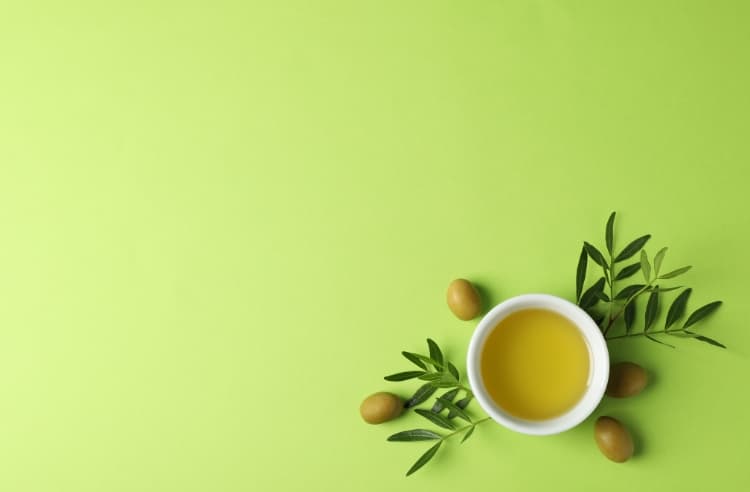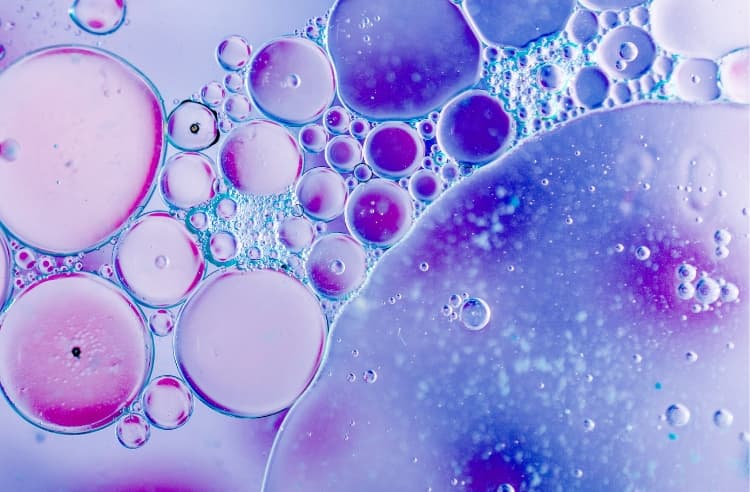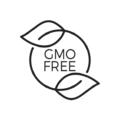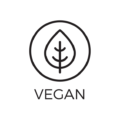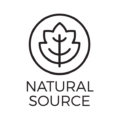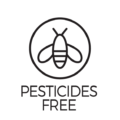The Inflammation Equation
Why Natural Anti-Inflammatory Supplements Must Begin with Food
by MILESTONE® Food for Your Genes
Introduction: The Hidden Epidemic of Chronic Inflammation
The Problem with Standard Anti-Inflammatories / The Food-First Shift / Nature’s Anti-Inflammatory Intelligence / The Biofunctional Anti-Inflammatory Trinity / Whole Food vs Supplement / Natural Alternatives to Ibuprofen / Why Combinations Matter More Than Isolated Doses / Frequently Asked Questions / Conclusion
It doesn’t always show up as pain.
Sometimes it’s brain fog.
Or low energy.
Or skin that doesn’t glow the way it used to.
Or that subtle sense of something’s just off.
Behind many of today’s most common struggles — fatigue, weight resistance, autoimmune flares, even premature aging — is one culprit:
Chronic, low-grade inflammation.
And for many, the answer has been to reach for natural anti-inflammatory supplements. Turmeric capsules. Omega-3 softgels. Polyphenol powders.
But ask your body, and it may want something different:
→ Not more ingredients — but better integration.
At Of Dreams and Knowledge, we believe inflammation is not a malfunction. It’s a signal — and your job is to restore balance, not silence the message.
And the most powerful way to do that?
With food. Real food. Clinically functional food.
This is the inflammation equation redefined — from suppression to synergy.
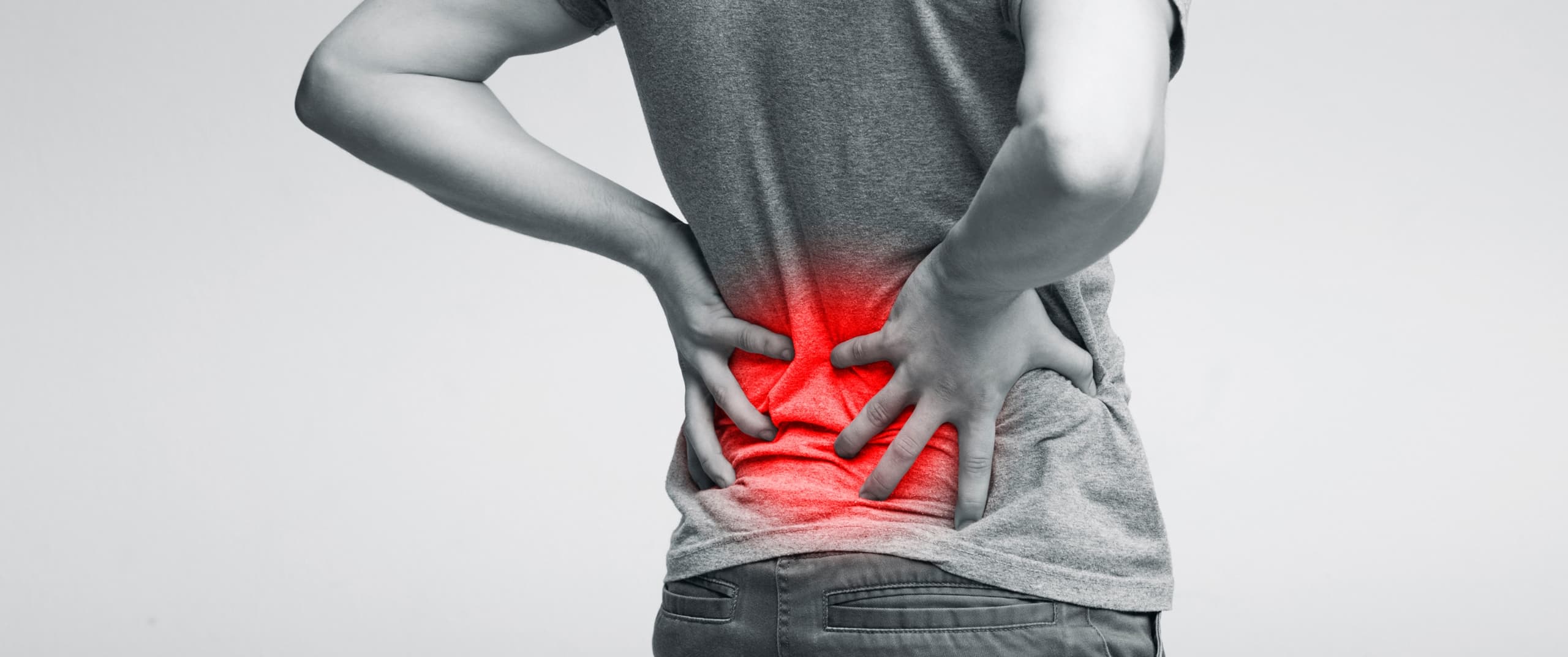
Suppressing or Solving? The Problem with Standard Anti-Inflammatories
Walk into any health shop and you’ll see hundreds of products labeled:
- “Anti-inflammatory”
- “Pain relief”
- “Inflammation support”
But here’s the problem: most of these products — including many natural anti-inflammatory supplements — are designed to do the same thing that ibuprofen does:
👉 Block inflammation.
Not regulate it. Not understand it. Not adapt with it.
🚫 The Limitations of Conventional Anti-Inflammatory Products:
- ❌ Focus on a single target, like COX-2 inhibition
- ❌ Use isolated compounds in high doses
- ❌ Often skip the gut and liver — the actual centers of inflammation resolution
And while they may bring temporary symptom relief, they rarely address the deeper metabolic, mitochondrial, and immunological causes of inflammation.
“Suppression isn’t resolution. It’s delay.”
And chronic inflammation, when delayed, gets louder.
According to recent studies, chronic inflammatory diseases are responsible for 60% of all deaths globally, and diet plays a central role in both their cause and prevention 1.
So if inflammation is rooted in food…
Shouldn’t the solution be, too?
What Is Inflammation (And Why It Isn’t Always Bad)?
Inflammation gets a bad rap. But in truth, it’s one of your body’s most important healing responses. It’s how you fight infections. It’s how you repair tissues. It’s even how you adapt to training, fasting, and emotional stress. The problem isn’t inflammation itself — the problem is when that signal gets stuck in the “on” position. This is known as chronic low-grade inflammation — a slow burn beneath the surface that:
- Damages tissues
- Disrupts hormones
- Depletes mitochondrial energy
- And feeds into conditions like cardiovascular disease, autoimmunity, and depression
Your body is still trying to protect you — but in overdrive.
That’s why real healing isn’t about stopping inflammation... It’s about modulating it. And food — not just calories, but functional compounds in food — is how your body’s natural regulators do their job.

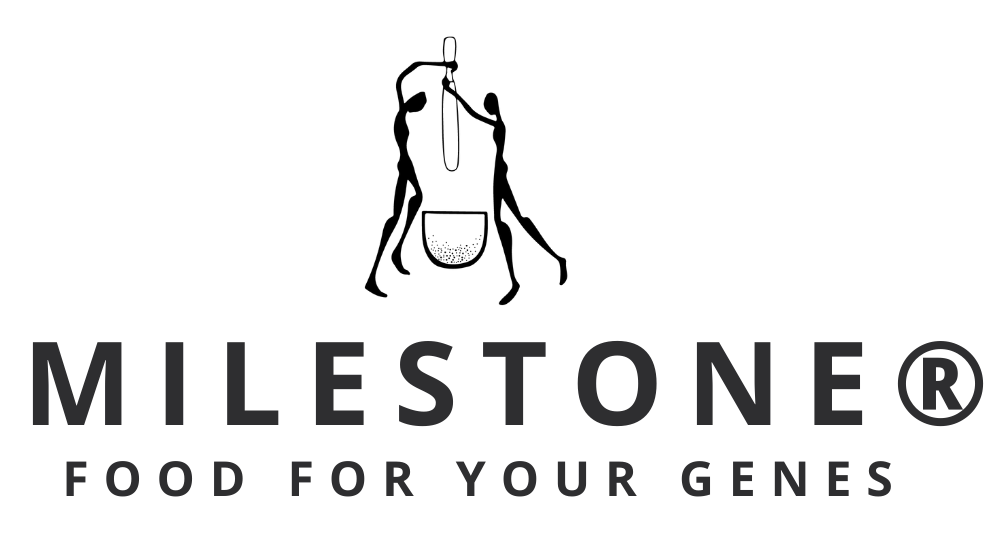
The Food-First Shift: Real Regulation Starts in the Genomic Kitchen
Modern science is catching up with ancient wisdom:
“Let food be thy medicine” wasn’t just a nice idea. It’s biochemical truth.
While most natural anti-inflammatory supplements try to mimic one or two food compounds, real food delivers an entire network of regulatory agents, including:
- Polyphenols – master modulators of inflammation pathways (like COX-2, NF-κB, Nrf2)
- Healthy fats – especially omega-3s, which reduce inflammatory prostaglandins
- Antioxidants – which cool oxidative stress and cytokine storms
- Fiber & fermentation substrates – that feed anti-inflammatory gut bacteria
- Micronutrients – like magnesium, D3, and potassium that regulate immune response
And unlike synthetic isolates, food-based compounds are:
- More bioavailable
- Delivered in natural ratios
- Recognized by the entire system, not just one target cell
As researchers note, polyphenols in functional foods have been shown to downregulate inflammatory signaling at multiple levels — including gene expression, cytokine release, and mitochondrial defense 2
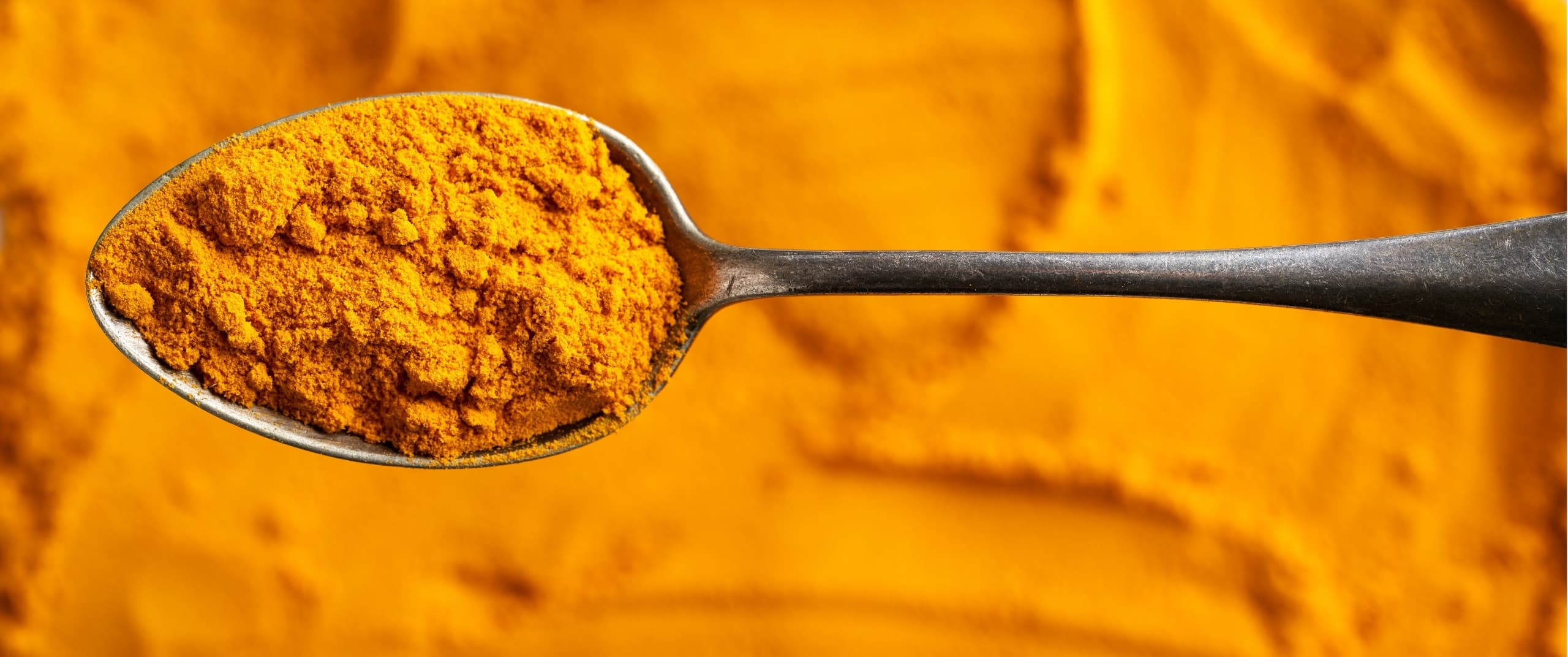
Polyphenols: Nature’s Anti-Inflammatory Intelligence
Polyphenols are plant compounds that act as chemical messengers, antioxidants, and inflammation modulators — but only when consumed in meaningful, bioactive forms.
That’s where most natural anti-inflammatory supplements fall short. They isolate a molecule — like curcumin or resveratrol — but remove it from the plant’s delivery system. In contrast, polyphenols in fermented or cold-extracted food:
- Target multiple inflammatory pathways simultaneously
- Enhance immune resolution, not just suppression
- Cross the gut–immune–brain axis to reduce neurological inflammation
- Work synergistically with minerals, fatty acids, and other food matrix elements
Some of the most powerful polyphenols in your MILESTONE® line include:
- Ellagitannins → Urolithins (Pomegranate)
→ Support cellular detox and inhibit IL-6, TNF-α 3 - Oleocanthal + Hydroxytyrosol (High Phenolic Olive Oil)
→ Natural COX-1 and COX-2 inhibitor with ibuprofen-like action 4 - Curcumin (Micellized)
→ Reduces oxidative cytokines and enhances mitochondrial anti-inflammatory signaling 5
Polyphenols don’t silence inflammation.
They guide it — back into rhythm.

Spotlight: The Biofunctional Anti-Inflammatory Trinity
While many brands rely on isolated compounds, Of Dreams and Knowledge has built its anti-inflammatory strategy around food-sourced, polyphenol-rich functional ingredients that work with — not against — your biology.
These aren’t “natural anti-inflammatory supplements” in the typical sense. They’re clinically active foods, crafted through slow processes that preserve synergy, structure, and bioavailability.
Here are your 4 pillars of inflammation modulation:
Pomegranate Concentrate (Fermented)
- Rich in ellagitannins, which convert to urolithins via gut microbiota
- Urolithins modulate IL-6 and TNF-α, two major inflammatory cytokines
- Shown to reduce oxidative stress and support mitochondrial recycling (mitophagy) 6
High Phenolic Olive Oil (Early Harvest)
- Delivers over 1000 mg/kg of oleocanthal and hydroxytyrosol
- Oleocanthal is a natural COX-2 inhibitor, working similarly to ibuprofen
- Supports cardiovascular inflammation resolution and gut barrier integrity4
Curcumin Micelle Complex (with Vegan D3)
- Not standard turmeric — this is micellized curcumin, clinically proven to be 185x more bioavailable
- Supports resolution of inflammation through modulation of NF-κB, COX, and cytokine activity
- Demonstrated in trials to outperform placebo and compare favorably with NSAIDs in joint and metabolic inflammation7
Omega-3 from Algae (Triglyceride Form)
- Rich in EPA and DHA, essential for regulating eicosanoids (inflammatory messengers)
- Supports joint mobility, cardiovascular health, and mood stabilization
- Plant-based and clean, without heavy metal concerns8
These ingredients weren’t selected for marketing.
They were chosen because they mirror the body’s own regulatory pathways — gently guiding it back to homeostasis.
Whole Food vs Supplement: What Really Works Long-Term?
Let’s break it down in the clearest way possible:
| Dimension | Typical Anti-Inflammatory Supplement | Food-Based Polyphenol Formulation |
|---|---|---|
| Form | Isolated capsule or extract | Liquid/food matrix with cofactors |
| Pathway Targeting | Often single-target (e.g., COX-2 only) | Multi-pathway (COX, NF-κB, cytokines) |
| Absorption | Often poor without piperine or fat | Naturally absorbed with fat, fiber, enzymes |
| Synergy | Low — synthetic isolation | Natural combinations support each other |
| Gut Compatibility | May disrupt flora or overload liver | Enhances microbiota and barrier function |
| Sustainability | Often lab-made or mass-extracted | Wild, traceable, sustainably processed |
| Best For | Short-term relief | Long-term inflammatory resilience |
👉 It’s not just what you take — it’s how your body understands it.
Natural Alternatives to Ibuprofen: Curcumin and Oleocanthal in Focus
🌿 Curcumin (Micellized Extract) vs Ibuprofen
Curcumin, the primary active in turmeric, has long been studied for its anti-inflammatory and antioxidant effects. But one major limitation remains:
Standard curcumin has extremely poor absorption — unless it’s enhanced.
This is why we use a micellized curcumin extract, clinically studied and engineered for:
- Up to 185x greater bioavailability than native curcumin
- Rapid absorption into blood plasma
- Sustained anti-inflammatory activity across multiple pathways
📊 Clinical Efficacy
Multiple peer-reviewed clinical trials confirm that this form of curcumin can:
- Reduce systemic inflammation markers (e.g. TNF-α, IL-6)
- Relieve osteoarthritis-related joint pain and stiffness
- Support gut, liver, and immune modulation with a favorable safety profile
In one double-blind trial, participants using the micellized curcumin showed significantly improved symptom scores compared to placebo — and even outperformed ibuprofen in some inflammatory conditions 9
Unlike over-the-counter NSAIDs, this curcumin:
- Is non-toxic
- Does not damage the gut lining
- Works with your body’s endogenous repair systems
A supplement shouldn’t just block pain. It should help the body resolve inflammation — naturally, deeply, and sustainably.
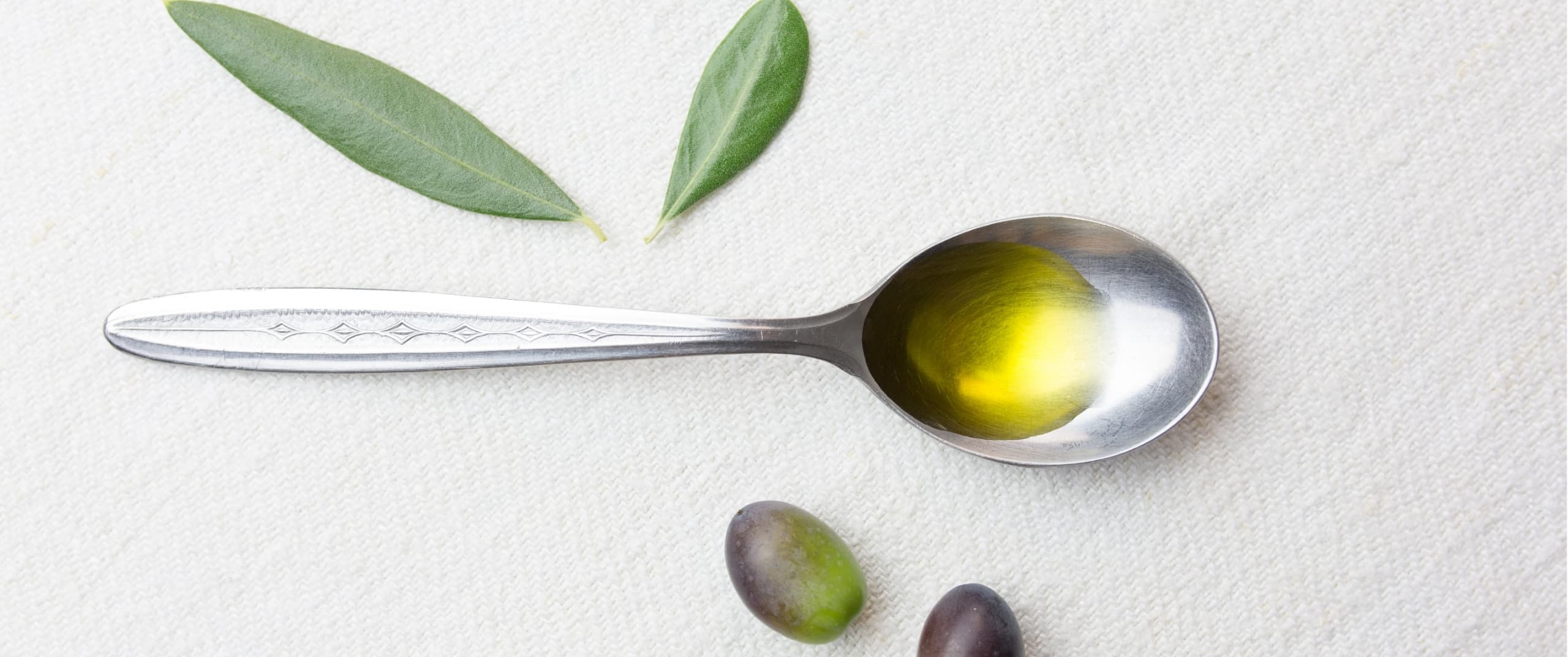
🫒 Oleocanthal (from Olive Oil) vs Ibuprofen
This is where nature really shines.
Oleocanthal, a phenolic compound found in high phenolic olive oil, has been shown to mimic the action of ibuprofen — but with greater safety and long-term benefit.
Discovered by sensory scientists in 2005, oleocanthal:
- Inhibits both COX-1 and COX-2 enzymes — just like ibuprofen
- Reduces inflammatory prostaglandin activity
- Works synergistically with other olive oil polyphenols (like hydroxytyrosol)
And unlike ibuprofen, it:
- Protects the gut lining
- Supports cardiovascular health
- Enhances cellular repair pathways (like autophagy)
One study in Nature found that oleocanthal’s effects on inflammatory enzymes were identical to ibuprofen at the molecular level 10 — but with none of the gastric toxicity.
💡 In essence, high phenolic olive oil is food — but when it’s crafted for phenolic richness, it becomes functional medicine.
Food Synergy: Why Combinations Matter More Than Isolated Doses
In nature, nutrients don’t work in isolation.
They operate in ecosystems — rich with cofactors, carrier compounds, and molecular signals.
This concept is called food synergy, and it’s a major reason why many natural anti-inflammatory supplements fail to deliver results:
- They strip out a “hero compound” (e.g. curcumin or resveratrol)
- Leave behind the enzymes, fats, or polyphenols it evolved to work with
- Deliver it in forms your body doesn’t easily recognize
Compare that to functional foods:
- Curcumin delivered in micelles (fat-friendly = bioavailable)
- Urolithins formed via fermentation (gut-activated = personalized)
- Olive oil phenolics with healthy fats and antioxidants (synergistic = amplified)
This is why MILESTONE® formulations aren’t just ingredient lists — they’re biofunctional matrices designed around the whole system:
- Gut
- Liver
- Mitochondria
- Immune cells
- Vascular pathways
It’s not about dosing more. It’s about delivering smarter.11
FAQs
Can food-based products really compete with natural anti-inflammatory supplements?
Yes — especially when those foods are concentrated, fermented, or formulated for synergy. Many isolated supplements provide single-pathway relief, while biofunctional foods target the whole system.
Is this enough support for chronic inflammation?
Absolutely — especially over time. These products don’t suppress inflammation, they help your body resolve it naturally. Chronic inflammation is complex. Long-term modulation requires daily food-based input.
Can I use this alongside painkillers or NSAIDs?
Yes, but over time, many people are able to reduce or replace those with consistent use of polyphenol-rich formulations. (Always consult your practitioner before adjusting medications.)
How long until I see results?
Are your products vegan and clean?
Conclusion: Inflammation Isn’t the Enemy — It’s a Signal
Inflammation is not something to fear.
It’s something to listen to.
Your body isn’t malfunctioning. It’s asking you to:
- Clear the noise
- Feed the system
- Support the pathways it uses to protect and repair
Most natural anti-inflammatory supplements focus on turning inflammation off.
But the real solution is to teach the body how to regulate again — through food, not force.
That’s what your mitochondria want.
That’s what your immune system recognizes.
And that’s what your products deliver — a return to resilience, the way nature intended.
A Word From MILESTONE®
MILESTONE® Food for your Genes uses only high-quality sources, including peer-reviewed studies, to support the facts within our articles. Read our editorial process to learn more about how we fact-check and keep our content accurate, reliable, and trustworthy.
Of Dreams and Knowledge – All rights reserved. This article and all associated content are the intellectual property of MILESTONE® and may not be copied, republished, or redistributed without written permission.
Disclaimer: The information provided here is for educational purposes only and is not intended to diagnose, treat, cure, or prevent any disease. Always consult with a qualified healthcare provider before making any changes to your diet, supplementation, or health routine.
Related Articles
- Furman, D. et al. <a href=”https://doi.org/10.1038/s41591-019-0675-0″>Chronic inflammation in the etiology of disease across the lifespan</a>. Nature Medicine. 2019.[↩]
- Del Rio, D., et al. <a href=”https://doi.org/10.1017/S0007114510003891″>Polyphenols and inflammation: from molecular mechanisms to clinical applications</a>. British Journal of Nutrition. 2010.[↩]
- Seeram, N. P., et al. <a href=”https://doi.org/10.1021/jf049129z”>Pomegranate inhibits inflammation-linked cancer pathways</a>. J. Agric. Food Chem. 2004.[↩]
- Beauchamp, G. K., et al. <a href=”https://doi.org/10.1038/437045a”>Phytochemistry of olive oil phenolics mimics ibuprofen</a>. Nature. 2005.[↩][↩]
- Antony, B. et al. <a href=”https://doi.org/10.1016/j.jff.2007.10.004″>Bioavailable curcumin supports inflammation modulation</a>. Journal of Functional Foods. 2008.[↩]
- Zhang, Y., et al. <a href=”https://doi.org/10.1093/carcin/bgn025″>Ellagic acid metabolites and DNA protection</a>. Carcinogenesis. 2008.[↩]
- Antony, B., et al. <a href=”https://doi.org/10.1016/j.jff.2007.10.004″>Bioavailable curcumin supports inflammation modulation</a>. J. Functional Foods. 2008.[↩]
- Calder, P. C. <a href=”https://doi.org/10.1017/S0029665116000065″>Omega-3s and inflammation: an evolving story</a>. Proceedings of the Nutrition Society. 2016.[↩]
- Schiborr, C., et al. <a href=”https://www.sciencedirect.com/science/article/abs/pii/S0944711315000483″>Bioavailability of micellar curcumin in humans</a>. Int J Pharm. 2014.[↩]
- Beauchamp, G. K., et al. <a href=”https://doi.org/10.1038/437045a”>Nature</a>. 2005.[↩]
- Jacobs, D. R. & Tapsell, L. C. (2010). <a href=”https://doi.org/10.1017/S0007114510003891″>Food synergy: the key to understanding nutrition</a>. British Journal of Nutrition. 103(5): 794–796.[↩]


